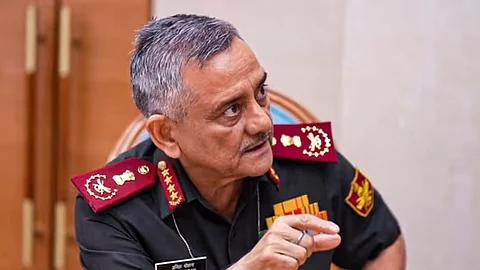

Launched on the night of May 7–8, 2025, Operation Sindoor marked a significant shift in India’s counterterrorism strategy. It was a direct response to the April 22 Pahalgam terror attack in Jammu and Kashmir, which claimed the lives of 26 civilians, including several tourists. The attack, claimed by The Resistance Front—a Pakistan-backed terror outfit—prompted India to launch a highly coordinated military operation aimed at dismantling cross-border terror infrastructure.
Unlike traditional retaliatory actions, Operation Sindoor was designed as a precision, intelligence-driven campaign, targeting terror camps and logistical hubs of groups like Jaish-e-Mohammed, Lashkar-e-Taiba, and Hizbul Mujahideen in Pakistan and Pakistan-occupied Jammu and Kashmir (PoJK). Importantly, the operation avoided Pakistani civilian or military targets, reflecting a calibrated, non-escalatory approach.
The operation saw seamless coordination between the Indian Army, Navy, and Air Force, deploying advanced weaponry including SCALP cruise missiles, HAMMER precision-guided bombs, and loitering munitions—all launched from Indian territory. Named Sindoor as a symbolic tribute to the widows of the Pahalgam victims, the mission emphasized minimum collateral damage while maximizing operational impact.
In retaliation, Pakistan launched drone and missile strikes targeting over a dozen Indian military installations across Northern and Western India. However, India’s integrated air defense systems successfully intercepted the majority of these attacks. India responded with targeted counter-strikes, including BrahMos missile attacks on key Pakistani airbases, significantly degrading the Pakistan Air Force’s operational capabilities.
After four days of high-intensity exchanges, both countries agreed to a ceasefire on May 10, 2025, following dialogue between their respective Directors General of Military Operations (DGMOs).
Describing the operation, Chief of Defence Staff (CDS) General Anil Chauhan underscored the importance of constant readiness and mastery of modern, multi-domain warfare—spanning kinetic, cyber, and space-based capabilities. He emphasized that India is currently navigating the “third revolution in military warfare,” which involves the integration of traditional combat with non-kinetic strategies at tactical, operational, and strategic levels.